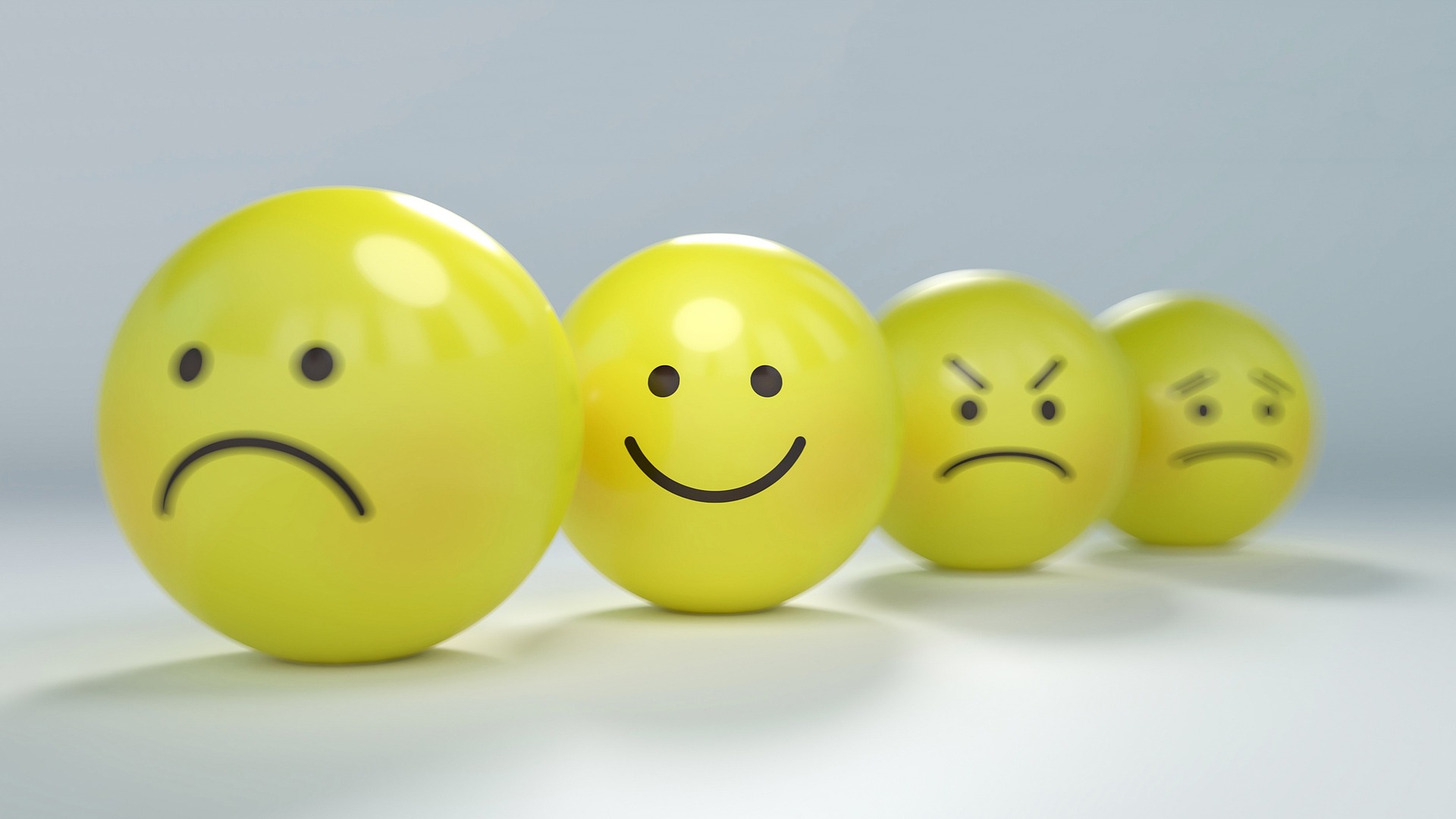A potentially hollow greeting most of us hear on a near-daily basis: “How are you?” sets us up for failure without question. This is because most often we respond with “good,” “fine,” or my personal favorite “living the dream!” Unfortunately, the number of times I’ve answered this question I was not actually living the dream, most often I felt quite different on the inside but was too scared to answer their question honestly. When we hear this question, we so often have our “real” answer and one that we want to share, and due to social constructs and anxiety, we often avoid sharing any negative or “bad” experience when that is truly where we are at. Why do we do this? What makes us scared of living up to our authentic selves when given the opportunity by someone to share how we are doing? Unless it is the case where this person doesn’t want to know how we truly are doing (DUN DUN DUUUUUN). Although this may be true, the underlying experience of the question surrounds an underlying experience that many of us have in common, we don’t want to admit to others that we feel “bad.”
When people share, they feel bad or “not good” has always left me with a strong question mark over my head, but something we all can admit we’ve experienced. Bad is a human experience that includes so much, including rejection, sad, grieving, anger, anxiety, and so much more. When we feel the tightness of our chest from anxiety, the hot sweaty rush to our head from anger, or the overwhelming heaviness that is grief; we boil it down to one simple word: “bad.” Although this word could come across as all-encompassing, it leaves out a strong long-term implication of each of these emotions, in that none of them are bad. Each of these emotions, although loaded with fear and stress, they serve very specific functions for our bodies, minds, and souls to help us grow, learn about ourselves, and develop resiliency for the future. My hope in writing this blog today is to identify where these fear-based experiences stem from, the factors that influence them, and in turn reframe the experience of these emotions away from bad and into a better understanding of how much good they can do for us in hopes of promoting better self-love and acceptance for all parts of our experience, despite how much they can hurt at times.
What are good and bad emotions? Most stereotypically we often associate good with happy, excited, content, joy, love, or satisfied. We are taught to seek these experiences as our purpose in life, in that we should always seek to feel these things to be satisfied with life. When we have this expectation, black-and-white thinking is present, leading us to perceive any other experience to be bad. But where does this experience stem from? One major factor that is often discussed is underlying messages from the media that we consume. This has influenced the internalization of high expectations by presenting people doing well with strong connections, love, admiration, and self-confidence. When characters do not have this, we often experience the exact opposite, disconnection and hatred from others. Due to us being social beings, we fear the exile of disconnection. An example of this would be how movies and TV shows instill messages of how we “should” feel about emotions. Imagine the common scenario of a high school lunchroom and the new kid is walking around trying to find a spot, when watching it we feel our skin crawl and heart race in embarrassment for that kiddo. Inevitably that kid escapes the situation by skipping lunch, eating in the bathroom, or eating by themselves. In this, we learn not only the physical reactions to that situation, but we recognize that embarrassment is bad and something to escape. This situation is one among so many that we covertly learn how to feel each time we watch TV, a movie, or even listen to some music.
Another major factor that influences this dichotomous thinking is attachment perceptions growing up. Our early experiences have a strong influence on the way we interact with both ourselves and others in that the messages we receive when expressing our emotions throughout our life. If I receive the message growing up that when I act happy, content, or calm I get to experience love, affection, and compassion from others, specifically parent or guardian figures. However, on the contrary, if I learn that if I show anger, fear, or anxiety and that leads to disconnection or personal failure, then I am going to avoid with every fiber of my being to stay connected to those around me by being “good.” Even if this comes with long-term consequences of increased anxiety, depression, trauma, and even physical problems such as heart disease or cancer. This strong aversion to any negative feelings will enable us to attempt to avoid sharing our negative feelings with others, because long story short, we believe it will end with rejection from others, leading to us rejecting crucial parts of ourselves. We hope for a better connection with others, but because we hide parts of ourselves, we end up disconnecting from everything and everyone. This rejection can make us walk away with stories or narratives about ourselves that are rooted in shame, negativity, and just aren’t true.
One thing that is often lost when it comes to “bad” emotions is the incredible functionality of them and how much they help us. Whether it’s anger giving us the strength and adrenaline to state and uphold our boundaries and protect ourselves or sadness allowing us to recognize the underlying hurt and suffering that we hold, these emotions allow us to feel most connected to ourselves. On another side of things, they allow others to better understand what our needs are! If you’re with a friend or loved one and they begin to cry, we automatically know that they need connection and compassion. This is an innate human experience and the more these underlying cultural and attachment narratives tell us things like sadness or anger are bad, the more we disconnect from others, ourselves, and our needs.
So, if I learned to hide all my negative feelings growing up and disconnect from myself does that mean I’m just screwed? Of course not! The beauty of the situation is there is still time to change our perceptions and embrace all parts of ourselves using corrective emotional experiences. This comes in two different forms, interpersonal and intrapersonal. Interpersonal corrective experiences come from our interactions with other people, meaning giving all parts of ourselves and specifically our nervous systems experiences that challenge the underlying narratives. For example, if a child grows up experiencing emotional neglect from their parents when they experience anger, shame, or fear, they could walk away with the belief that they are undeserving of love or there is something innately wrong about them. This can enable this child throughout their life to disconnect from others by pushing them away or using substances/behaviors to rupture relationships. This happens because these underlying narratives are so strong that they convince us all the way down to our innate bodily experiences that we will be rejected, so we need to push them away before they can hurt us. A corrective experience can look like allowing our example person (whether still in childhood or as an adult) to experience both their negative emotions (e.g., fear, anger, shame) and still retain the relationship and not experience rejection. Although this is a vulnerable experience, over time it can change the underlying narrative if they experience negative emotions and still get their needs met. On the other side of this intrapersonal corrective emotional experiences stem from our internal experience and can look like strongly internalized self-love and compassion. Essentially giving the same acceptance and care from our example of an interpersonal corrective experience and make it all our own acceptance and compassion of ourselves when we feel negative.
These experiences show the beauty and “good” that comes from “bad” emotions. Although we can be taught by family, media, school, and friend groups that these bad emotions are something to avoid or to be shameful of, they are the innate thing that helps us grow. The more we reject parts of our own experience, the more we disconnect from ourselves and others and in turn, the worse things get. I encourage anyone reading this to be more curious about your negative emotions. What are they there for? How do they make you feel physically? Get to know and accept all parts of yourself and I hope the negative parts feel lighter because of it.



